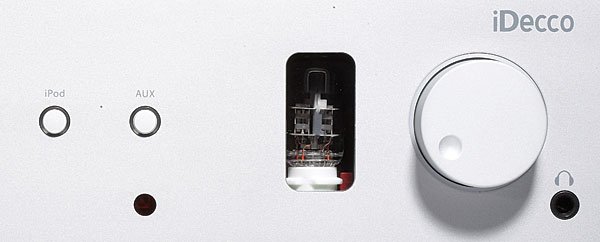| Columns Retired Columns & Blogs |
I've been hoping for this review to appear and it finally has! Written by my favorite reviewer since "Listening" days.
I owned a Naim system for 15 years which I have passed on to my son who is a big vinyl fan and bought an iDecco. Using a Macbook, iPod Classic or CD player used as a transport, I don't feel like I've given up much of the old PRaT from the Naim system though I will confess that I listen with less intensity than when I was a younger man. Nice review.








































